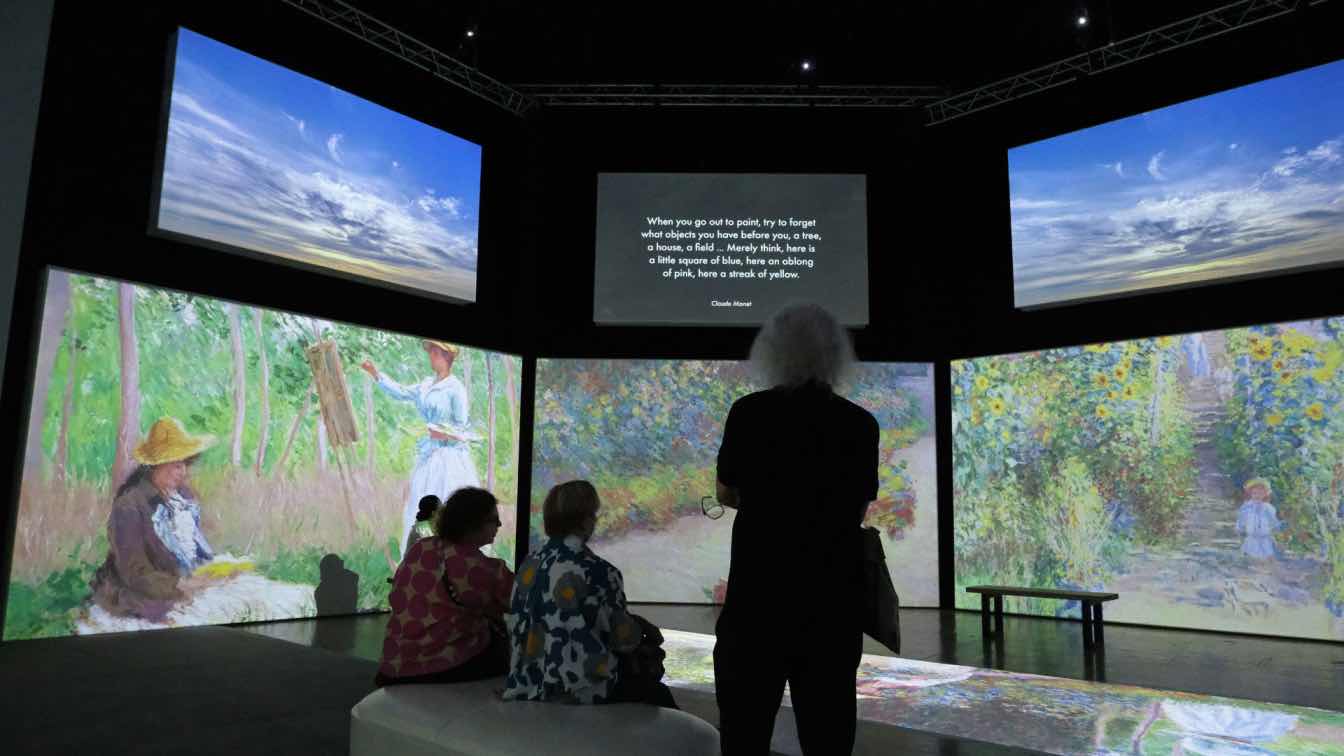Creating a digital environment for a game might be something that people dismiss as being only technically difficult. You might think that you know what a convincing looking canyon, forest, or desert looks like. However, there’s a good chance that you’re underestimating the magnitude of the task. You’re not just trying to replicate these landscapes; you’re trying to create a place with a distinct atmosphere that creates the same feeling that you want these places to evoke. You have to consider the art style, the atmosphere, and how much you want them to parallel reality (or how much you even can in the first place).
The Importance of Sound Design
When it comes to immersion, sound is much more important than a lot of people give it credit for. Music gets a lot of recognition in games, but even just the feedback of sound—footsteps, ambient bird song, or wind through the trees—can make a world feel truly alive, helping it to become believable in a sort of passive way that immerses the player. This is also true on a much smaller scale than vast, open world spectacles.
If you’re visiting an online casino like Ruby Fortune in New Zealand, you want to feel as though you’re getting everything that you’d be getting at a physical casino, and more. The slot reels should have a good amount of impact and weight, with satisfying sounds for a successful result and the shuffle of a deck of cards should be present enough to be impactful without being overwhelming.
Realistic Doesn’t Mean Better
Another aspect of that initial mistake in assuming designing such an environment is easy would be to assume that realism is always the end goal. Some games might be trying to replicate reality as closely possible, but even then, does replicating a forest exactly make for the best environment to explore in a game? The priority is creating a fun world to explore and play in—one that best complements the sensation and feeling that the developer is aiming for, rather than just recreating an environment out of utter fidelity.
This is especially the case when you consider that many games have distinct art styles. Elden Ring was a roaring success when it was released in 2022, even if its graphical power doesn’t contend with the most demanding in that regard. The environments are evocative and strange, with a huge sense of scale to them, and all of that is more important in this case than being rigidly faithful to how such places would function if they existed in the real world.
Illusion of Space
While open world games are popular, every type of game needs to create environments. In a more linear game then, the developers don’t only need to create the environment that the player physically explores, but also the illusion of the further environment beyond that. Without this addition, players might become all too aware of the artificiality of the game—a maze might feel like a maze, and with that realization, curiosity about the setting can quickly vanish. A suggestion that something else exists beyond the reach of what’s physically accessible in the game can be very powerful; it can help a game or a story to linger in a player’s mind long after they stop playing. However, it’s a careful balance, as you don’t want the suggestion to be so exciting and interesting that it becomes more appealing than the actual, explorable part of the game.
Immersion in Low-Budget Games
Of course, when people think about immersion or talk about it in relation to popular games, it’s usually the same examples that get thrown around. It’s easy to talk about how Red Dead Redemption 2 or The Legend of Zelda: Breath of the Wild carefully create an atmosphere that reflects the outside world because these are high-budget productions that had very large teams working on them. However, this isn’t the only way that immersion can be created in a game, and turning your attention to smaller, indie games can showcase just how many approaches can be taken to immersion.
Take a game like Stardew Valley, for instance. It’s a game that many people point to as being a pioneer of the “cozy” genre—able to offer players a reprieve from the real world into one that’s ultimately a comforting escape. It’s a pixel art, top-down game, but that creates a sense of nostalgia which, for many people, adds to the comfort of it. Furthermore, the music and sound design once again play a considerable role in assuring players that nothing too disruptive or alarming will be encountered, making summer feel lazy and rainy days relaxing.





